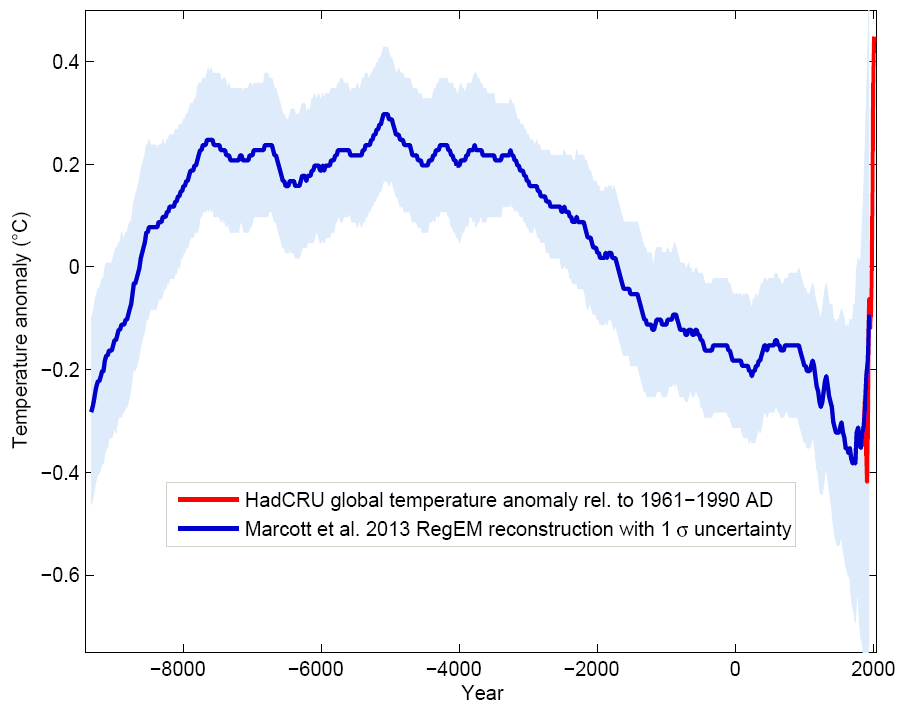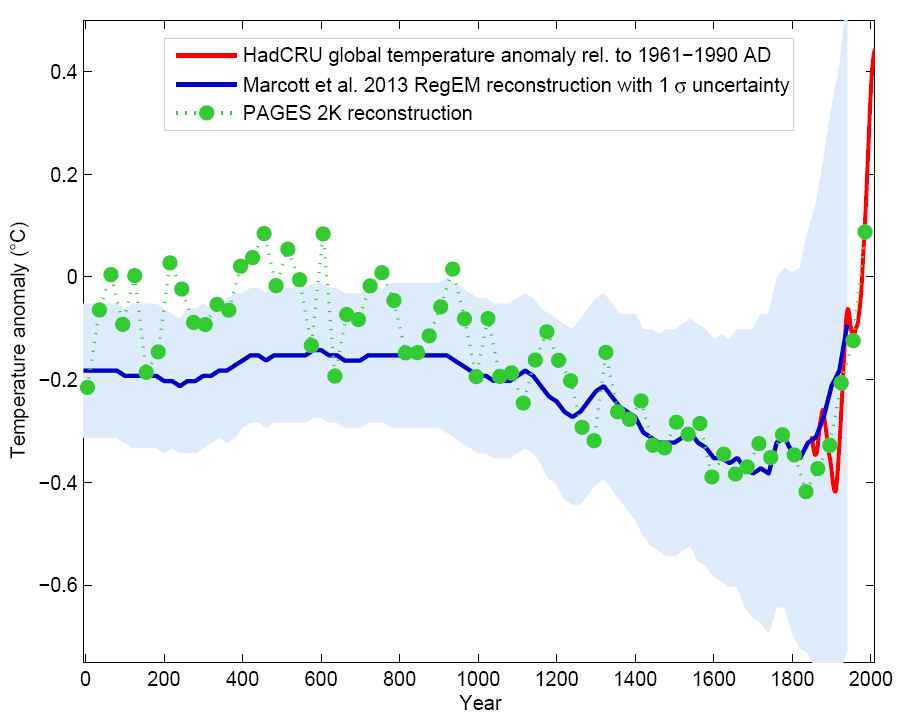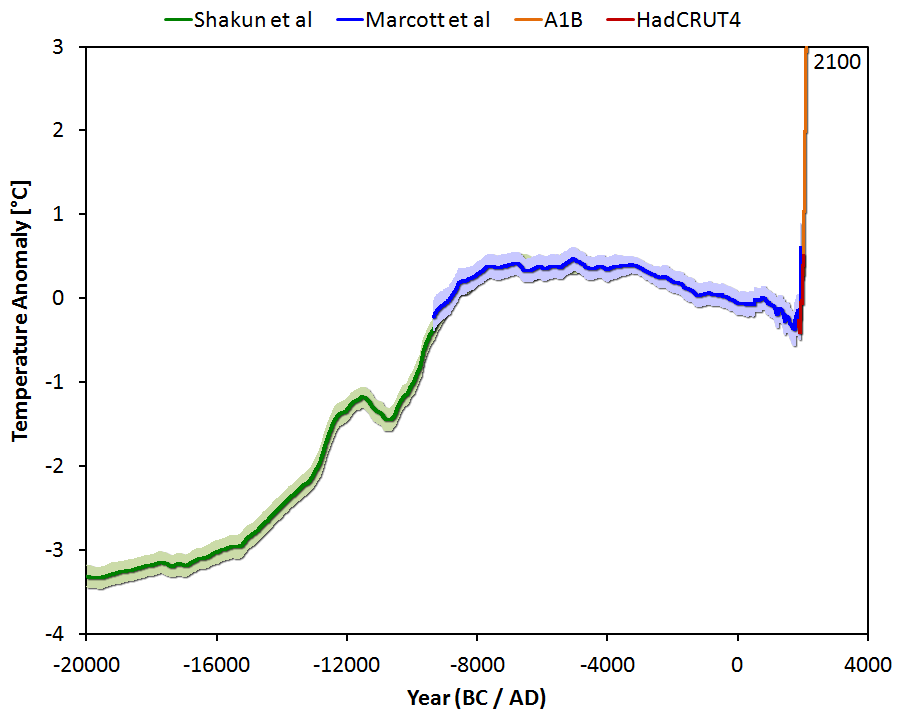So, the Lamb graph, a very old graph of central England temps. Very dishonest of you to pretend it represented the world.
Oh, did your masters not tell you that was just for a spot in central England? Your masters lied to you. Yet even knowing that, you still lick their boots. Curious.















